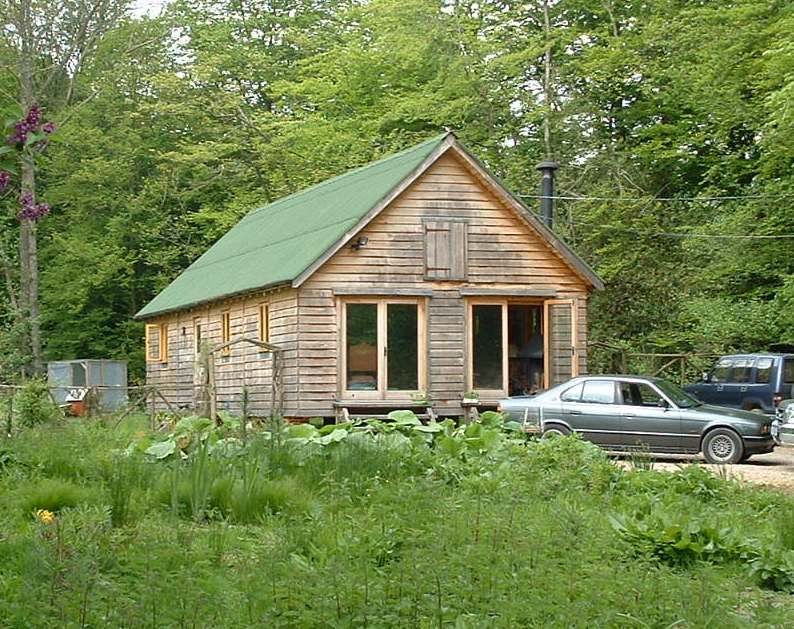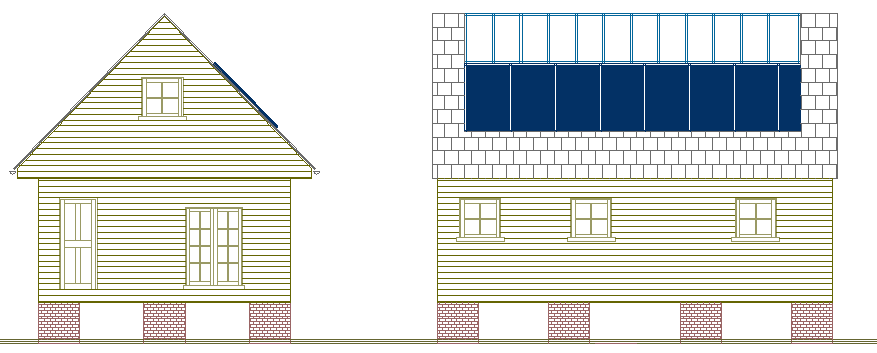|
HOME | AFFORDABLE | CLIMATE | DEVELOPERS | ECONOMY | FLOOD | HISTORY | HOMES LADDER | MORALS | POVERTY | PROPERTY | SLAVERY | TAXES | SLUMS | VALUATIONS | WEALTH
|
|
|
Affordable housing is a dwelling where the total housing costs are affordable to those living in that housing unit. In the United States, a commonly accepted guideline for housing affordability is a housing cost that does not exceed 30% of a household's gross income. Housing costs considered in this guideline generally include taxes and insurance for owners, and sometimes include utility costs. When the monthly carrying costs of a home exceeds 30% of household income, then the housing is considered unaffordable for that household.
Where the demand for available housing exceeds supply, a large amount of the housing stock is not affordable to much of the population. Such areas commonly experience income growth for middle and working class households at rates lower than the rates at which property values rise. These same areas also tend to have a limited supply of land on which new housing can be built, or an array of statutes that make it difficult or costly to generate expanded supply. The most "affordable" places in the U.S. are where there is the least demand and an adequate supply. Comprehensive data for the most affordable and least affordable places in the U.S. is published each year by an affordable housing non-profit organization, the National Low Income Housing Coalition.
Consequences of affordable housing shortages
A common measure of community-wide affordability is the number of homes that a household with a certain percentage of median income can afford. For example, a community might track the percentage of its housing that is affordable to households earning 60% of median income. In addition to the distress it causes families who cannot easily find a place to live, lack of affordable housing is considered by many urban planners to have negative effects on a community's overall health. For example, lack of affordable housing can make low-cost labor more scarce, and increase demands on transportation systems (as workers travel longer distances between jobs and affordable housing).
Policy tools to address affordable housing
Numerous policies in the U.S. and abroad have been designed to address the problem of inadequate supplies of affordable housing. Sophisticated secondary market mechanisms, inclusionary zoning, and land banking are three prominent tools, as well as tax and fiscal policies that result in reducing the cost of mortgages and the cost of borrowing. Other more recently promoted policy tools include relaxation of prohibitions against accessory dwelling units, and reduction of the amount of parking that must be built for a new structure.
Affordable housing is a controversial reality of contemporary life, for gains in affordability often result from expanding land available for housing or increasing the density of housing units in a given area. Ensuring a steady supply of affordable housing means ensuring that communities weigh real and perceived livability impacts against the sheer necessity of affordability. The process of weighing the impacts of locating affordable housing is quite contentious, and is laden with race and class implications.
The federal government in the U.S. provides subsidies to make housing more affordable. Financial assistance is provided for homeowners through the mortgage interest tax deduction and for lower income households through housing subsidy programs. In the 1970s the federal government spent somewhat equal amounts on tax expenditures for homeowners and low income housing subsidies, however by 2005 tax expenditures had risen to $120 billion per year, representing nearly 80 percent of all federal housing assistance. (See Chart.) The Advisory Panel on Federal Tax Reform for President Bush proposed reducing the mortgage interest tax deduction in a final report issued on November 1, 2005.
Housing assistance for lower income households can be divided into three parts:
“Project based” subsidies are also known by their section of the U.S. Housing Act, and include Section 236, Section 221(d)(3), Section 202 for elderly households and Section 811 for people with disabilities. There are also housing subsidies through the Section 8 program that are project based. The United States Department of Housing and Urban Development (HUD) administers these programs, and has further information on the particular programs on agency web site. HUD programs have ceased producing large numbers of units since the 1980s. Since 1986, the Low-Income Housing Tax Credit program has produced a large share of the affordable units, however the affordability level in these units is less than the former HUD programs.
An overview of the housing challenges facing America was conducted by the Millennial Housing Commission in 2000, under the leadership of Conrad Egan.
Additional resources
Public agencies that contribute to the work of ensuring the existence of a steady supply of affordable housing in the United States are the U.S. Department of Housing and Urban Development (HUD), the Federal Home Loan Bank, Fannie Mae, an Freddie Mac. Important private sector institutions worth consulting are the National Association of Home Builders and the National Association of Realtors. Valuable research institutions with staff dedicated to the analysis of "affordable housing" includes: the Brookings Institution and the Urban Institute and the Joint Center for Housing Studies at Harvard University, and the Center on Budget and Policy Priorities.
A lovely timber mobile home in Sussex - Contact us if you are thinking of settling down to a comfortable sustainable lifestyle. You'll need the planning lowdown. We can supply similar homes 48'x18', 28x18 and 20x18 as affordable flat-packs - starting from £25,000 (POA due to the volatile timber market). Our planning strategist secured consent for this mobile home, even where the council concerned were adamant that this attractive, affordable unit did not comply with regulations. Our units feature 270mm air gap, triple insulation, quilted system. Zero Carbon compliance for 2016. If you add the RE-pack shown below, to the mobile home above, you will be virtually self sufficient, energy wise.
.Utopia Tristar ER flatpack timber mobile home 28'x18' for couples & small families.
Email:
+ 44 (0) 1323 831727
Utopia Tristar Partners (affordable sustainable living) Solar House, BN27 1RF, United Kingdom
|
|
|
This webpage and the mobile home drawing shown above is copyright © Utopia Tristar Partners 2018
|


